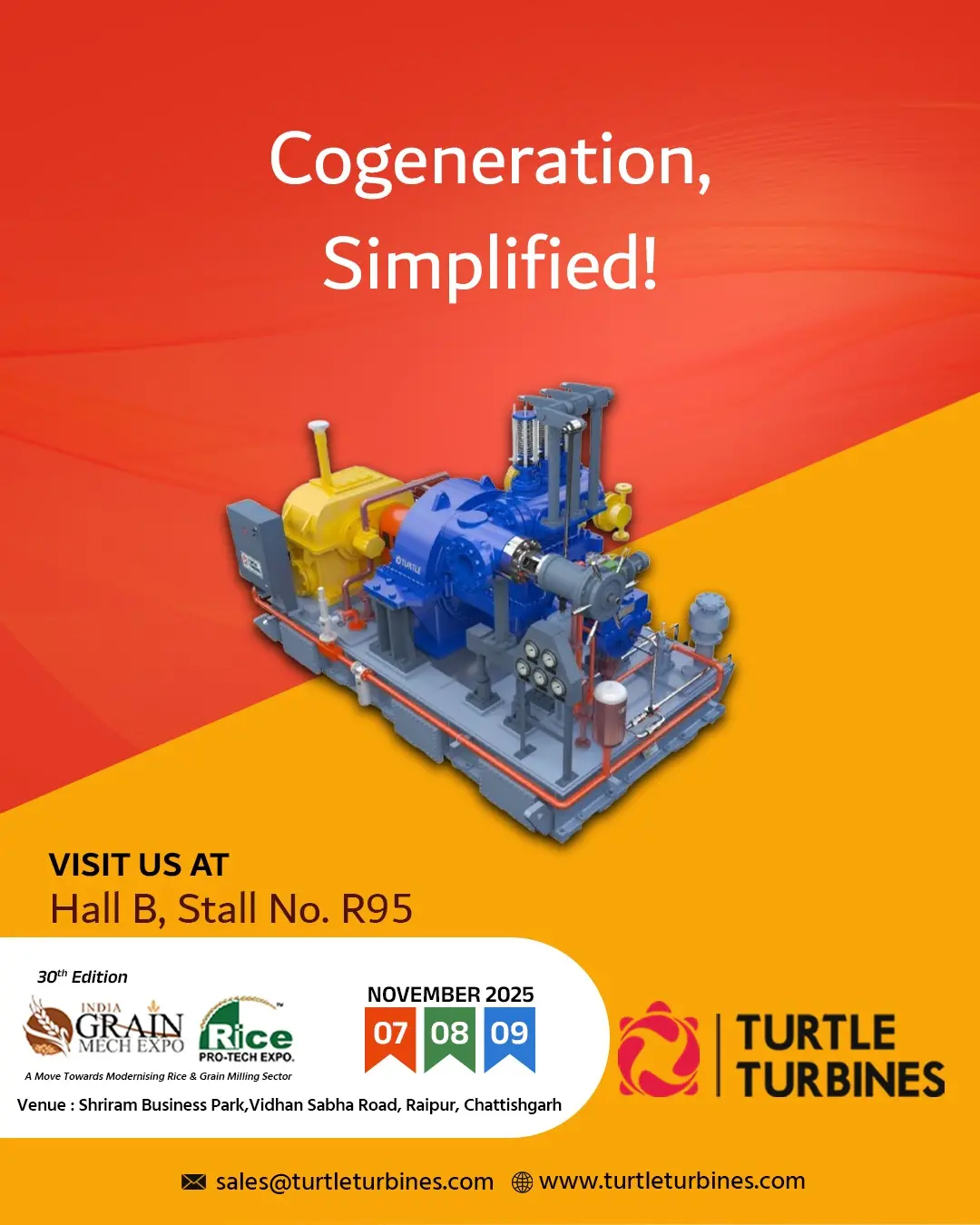The paper industry is an essential part of our everyday lives, providing us with the books we read, the packaging for our goods, and the tissues we use. Behind the scenes, the paper industry relies on various mechanisms to produce these goods efficiently. One such mechanism that plays a crucial role is the steam turbine. Steam turbines in paper industries are the beating heart of paper industries. These impressive machines are a type of rotary engine that convert steam energy into mechanical work. The process begins with water being heated to create steam, which is then directed through a series of turbines. As the high-velocity steam flows over the turbine blades, it causes them to spin, thus generating mechanical energy.
The Role of Steam Turbines in the Paper Industry
- Power Generation: Steam turbines in the paper industry are primarily used for power generation. Paper mills require significant amounts of energy for various processes, such as pulping, refining, drying, and transportation. Steam turbines in paper industries provide a reliable source of electricity that can be harnessed to run machinery, lighting, and more.
- Steam Generation: In addition to producing electricity, steam turbines in paper industry are essential for generating steam used in the paper-making process. This steam is used in the drying of paper, which is a critical step in production. Steam turbines in paper industries ensure a constant supply of high-pressure steam, helping maintain the quality and efficiency of paper production.
- Cogeneration: Many paper mills employ a method called cogeneration, where steam turbines not only generate electricity but also produce heat. This heat is utilized in the drying process, reducing the need for additional energy sources and increasing overall energy efficiency.
- Sustainability and Efficiency: The paper industry is under constant pressure to reduce its environmental footprint. Steam turbines in paper industry play a crucial role in helping paper mills become more sustainable and energy-efficient.
Steam turbines in paper industries offer several advantages in this regard: - Waste Heat Recovery: Steam turbines can recover and utilize waste heat from the paper-making process, further increasing energy efficiency and reducing waste.
- Combined Heat and Power (CHP): By using steam turbines for both electricity generation and steam production, paper mills can minimize their environmental impact and reduce reliance on fossil fuels.
- Renewable Energy Integration: Many paper mills are integrating renewable energy sources, such as biomass or waste-to-energy processes, into their operations. Steam turbines can adapt to these energy sources, making them a versatile choice for sustainable production.
Conclusion
As the industry continues to evolve, so too will the role of steam turbines, helping to shape a more sustainable and efficient future for paper manufacturing.
Turtle Turbines is a manufacturer of steam turbines for power generation, suitable for operation on the Low Pressure Saturated to High Pressure Superheated steam boilers operating in the process industry. Based in India, the company focuses on providing sustainable solutions for power generation and energy efficiency. Turtle Tubrines offers a range of steam turbines in various sizes and configurations to meet the needs of different applications and provides the Services for Installation, Commissioning and After Sales Services for the Steam Turbines. To know more about the products and services please visit www.turtleturbines.com
Turtle Turbines is one of the most reputed Steam Turbine Manufacturers In India.


